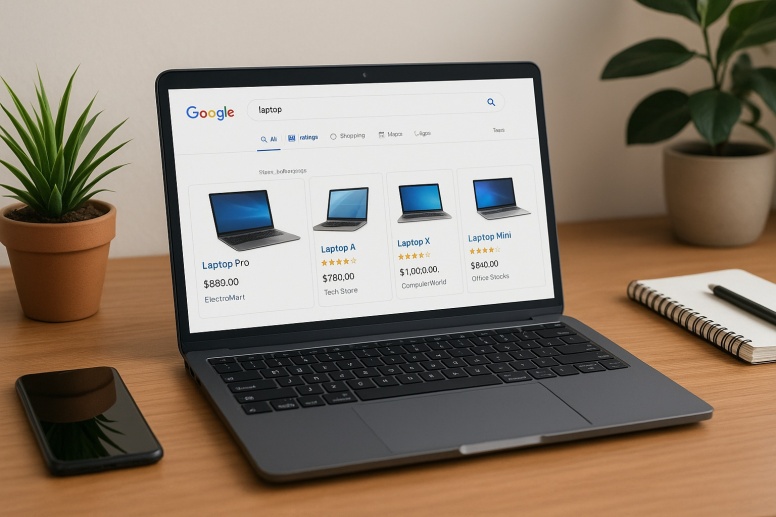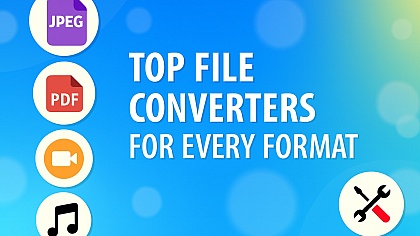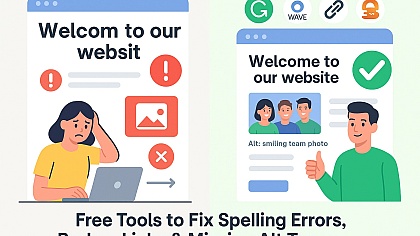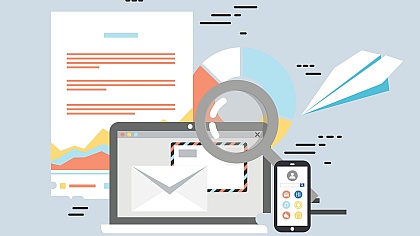Google Shopping Scraper: Smarter Price Tracking & Insights
If you’ve ever tried to compare product prices across multiple websites manually, you probably know how time-consuming and frustrating it can be. That’s where a scraper api comes in handy. At WebYurt.com, we believe in making your e-commerce journey as simple and efficient as possible, and tools like this can be game changers. In this article, we’ll explore what the tool does, how it helps you, the risks to consider, and best practices to get the most out of it.
What is a Google Shopping Scraper?
A Google Shopping scraper is a tool - usually a script or specialised software - designed to gather product data from Google Shopping listings. This includes product names, prices, images, availability, seller information, and other details. Instead of manually clicking through pages and copying info, the scraper automates the process, extracting huge amounts of data quickly.
Why Use a Google Shopping Scraper?
- Save Time and Effort: Imagine having to check hundreds of products, their prices, and stock status manually. The tool does all of that in minutes. It frees up your time to focus on design, marketing, or other key tasks in your business.
- Price Comparison & Monitoring: If you run an online store, staying competitive matters. With a scraper, you can regularly track what your competitors are charging for similar items. You can adjust your prices, promotions, or even product mix based on the data gathered.
- Market Research: Want to see which products are trending? A scraper helps you identify popular items, seasonal shifts, or even emerging product categories. This insight can guide your inventory choices or content strategy.
- Inventory & Catalog Management: If your store aggregates products or you’re managing a dropshipping operation, knowing what’s in stock (and where) is vital. Scraping can alert you when a particular supplier runs out or when new options become available.
How to Choose or Build a Good Scraper
Not all scraping tools are equal. Here are some features to look for if you decide to use or build one:
- Accuracy: The tool should correctly capture all relevant data (price, seller rating, stock status, etc.), and avoid broken links or missing fields.
- Speed & Scalability: If you’re monitoring thousands of products, your scraper should handle the load without slowing down or crashing.
- Respecting Limits: Google has rate-limits, CAPTCHA rules, and robot.txt rules. A good scraper works within those constraints to avoid bans or blocks.
- Flexible Output Formats: CSV, JSON, Excel - formats that let you manipulate the data later.
- User-Friendly Interface or Script: Depending on your comfort with coding, you might prefer a GUI (graphical interface) or a command-line/scripted solution.
Potential Risks & Legal Considerations
Using it isn’t free of risk. Here are some things to keep in mind:
- Terms of Service Violations: Google’s terms of service may restrict scraping. Violating them might land you warnings or temporary bans.
- IP Blocking and CAPTCHA: Scraping too aggressively can trigger anti-bot defences.
- Data Accuracy & Freshness: Prices and stock levels change frequently. Scraped data can become outdated fast unless your scraper updates often.
- Ethical Issues: There’s a thin line between smart gathering of public data and intrusive practices. Always aim to use the data ethically.
Best Practices for Safe and Effective Scraping

Want to use a Google shopping scraper responsibly and well? These tips will help:
- Throttle Requests: Avoid making too many requests too fast. Add delays or randomized intervals to mimic human browsing.
- Rotate IPs or Use Proxies: To prevent being flagged or blocked, use rotating IP addresses or good‐quality proxies.
- Handle CAPTCHAs: Incorporate tools or services that can detect and solve CAPTCHAs, or adjust your strategy to avoid them.
- Respect robot.txt & Terms of Service: Always check whether scraping is allowed for specific endpoints. If it’s disallowed, steer clear to avoid legal trouble.
- Regularly Update Your Scraper: Google may change page layouts or HTML structures. Keep your scraper updated so data extraction remains accurate.
- Store Data Securely and Responsibly: Protect any data you collect, especially if it involves sensitive seller or pricing information. Make sure your storage practices comply with privacy laws.
Who Benefits from Using One?
- Small Business Owners & Resellers: If you sell niche products or aggregate offerings, knowing what else is out there helps you set competitive pricing.
- E-commerce Analysts: Market trends, demand forecasting, competitor price changes - all become easier with data in hand.
- Developers & Tech Startups: Building apps, plugins, or tools that aggregate search or product data can benefit greatly.
- Content Creators & Bloggers: Blogs that review products, do price comparisons, or track deals can use a Google scraper to source data for their content.
The tool isn’t magic, but it’s a powerful tool when used right. At WebYurt.com, our goal is to help you navigate the digital marketplace with confidence. Whether you want to compare prices, monitor competitors, gather product specs, or stay ahead of trends, this kind of tool can be one of your best allies.
If you’re considering using a scraper, start small: pick a few products, test your tool, observe how Google’s site behaves, and adapt as needed. As you refine your system, you’ll get faster, cleaner, and more useful data.














